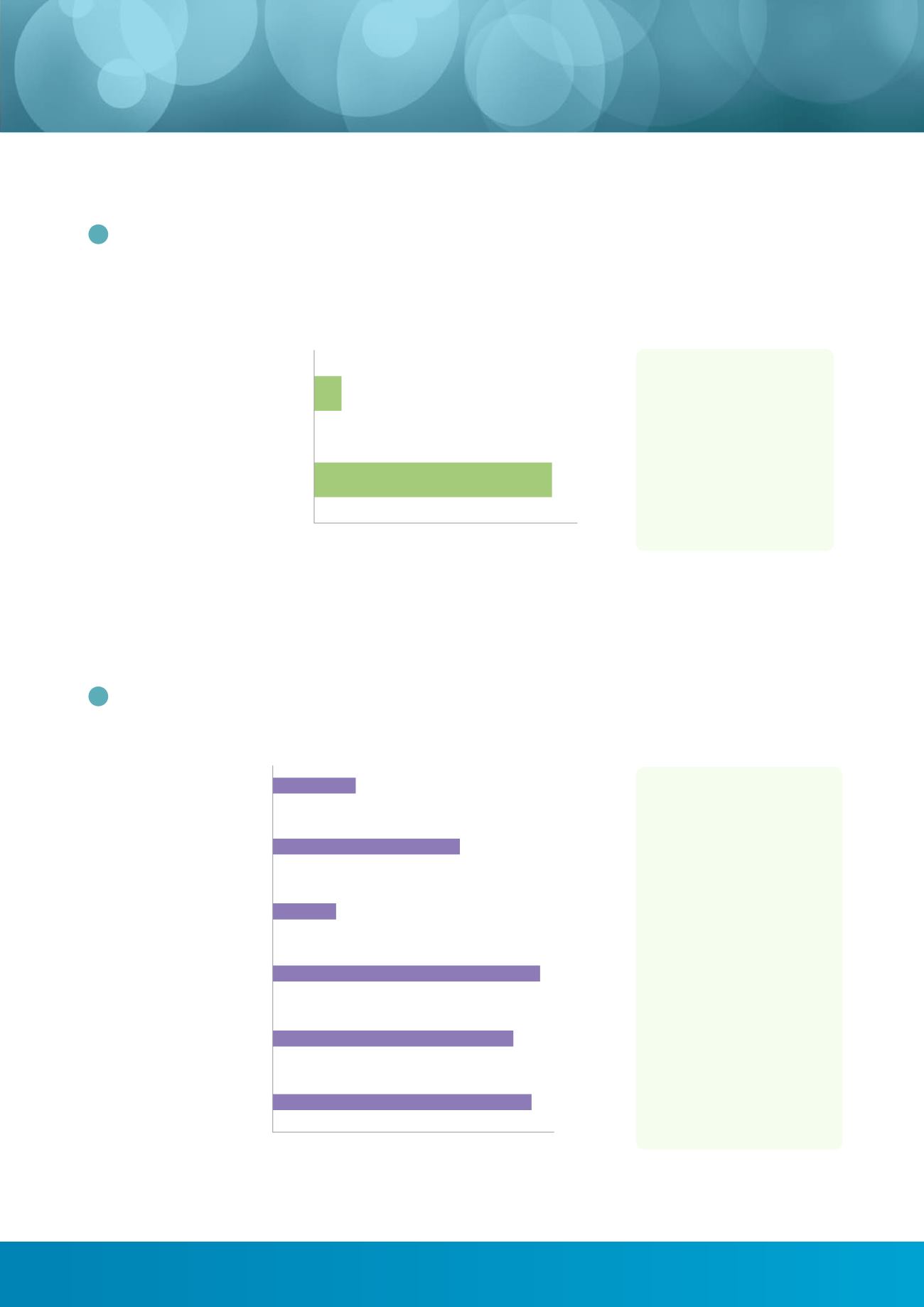
17
13
Researchers and policy makers have developed two main
approaches to addressing the information needs of people with
low health literacy. Please indicate which of these approaches you
believe is the most likely to be effective.
14
What barriers do you think exist to producing information
that addresses low health literacy?
226, (89.7%)
26, (10.3%)
0
50
100
150
200
250
Low health literacy is strongly linked to
low literacy and numeracy skills, therefore
information should be developed to meet
the specific needs of people with poor
literacy and numeracy skills.
Anyone can have low health literacy,
so all information resources and services
should be clear, simple and straightforward,
so as to meet the needs of many and be
understandable to a wide range of audiences,
including those with low literacy.
184, (73%)
Lack of funds/resources
171, (67.8%)
Limited understanding of needs
190, (75.4%)
Limited understanding of how to
develop resources or services for
people with low health literacy
45, (17.8%)
This is a new area to consider
133, (52.8%)
Information producers don't realise
how important health literacy is
59, (23.4%)
Health literacy is not a priority
for information producers
0
20
40
60
80 100 120 140 160 180 200
Almost all respondents
thought that anyone
could be affected by
low health literacy,
and therefore all
materials should all
be clear, simple and
straightforward.
• Three main barriers
were identified; limited
understanding of how
to develop resources
or services for people
with low health
literacy, a lack of funds
and resources and a
limited understanding
of needs.
• Around half of
respondents felt that
information producers
do not realise how
important health
literacy is.


